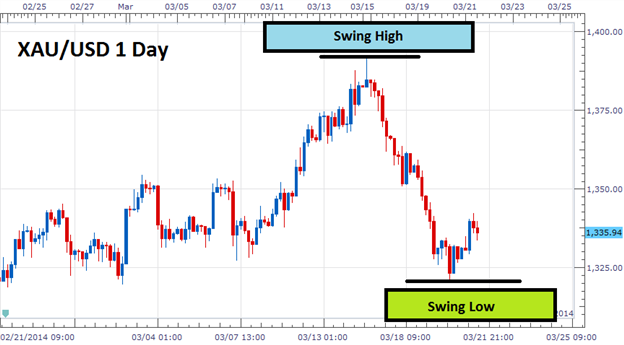Every trader has had this feeling before. You hit the buy button, and then it seems like all hell breaks loose as your P&L swings up one minute then down the next! It’s enough to make anyone want an escape route from their own trade quickly so they don’t have watched helplessly while profits disappear into thin air or losses grow larger by another dollar every second.
Are you tired of seeing your profits almost reach the desired level, only to have them reverse and hit a stop loss? If yes, this article is for you.
Swing Trading
The idea behind swing trading is to capture one move. You’ll try not to get too excited when markets are going up because that’s how they’ll end up wiping out your gains! This means taking profits before things turn south and shaving off some extra percentage points from potential losses. A common misconception about day traders or investors who trade actively managed funds is thinking all you need for success is a lucky day to get it all.
The few benefits of swing trades include not spending hours and hours monitoring your trades, and it is definitely less stressful. But there are a few drawbacks too like it is hard to ride the short-term trends and if prices go boom while you’re sleeping, you might lose on potential gains. Remember, the best crypto signals to go into the trades are those that find a confluence with many analyses, because when everything points out to one thing, you know it’s right.
Swing Trading Strategies
1.. Range Trading –
It’s a range market, so it’s swing trading in between Support and Resistance. When you identify a range market and wait for the price to break below Support, be sure that there is strong evidence before breaking out. If it does happen though—go long on the next candle open as soon as possible with an appropriate stop-loss set just under where we think resistance will lie at 1 ATR in order not to miss this great opportunity!

As a swing trader, you know that one move is all it takes to make or break your trade. So in order for a high probability of success and low losses from exiting early when the selling pressure steps into place at resistance, exit trades before they hit this level with an increase being seen as more likely than not coming soon after instead!
2.. Riding the Wave
The idea behind catching one move in a trending market is to enter after the pullback has ended. But this doesn’t work for all types of trends because there are some that have deeper secondaries, so you want to trade these instead – which means waiting until they’ve finished confirming before taking your trade! As a rule, you should see at least one pullback towards the 50-period moving average (MA) or deeper.
If the market approaches a moving average, wait for the price to reject it. If there’s an indication that people are selling off their stocks near this trend-line and then buying them back once prices go above or below what they were before (a “bullish” rejection), you can be sure of one thing: That’s where we will find our chance! When looking at charts like these remember always to keep your stop loss 1 ATR below low point while taking profits just outside any swings high–it’ll give us good odds in case things get rough again soon enough.
3.. Counter-Trend Trading
A trader who likes to go against the crowd might find this strategy very lucrative. The idea behind counter-trend trading is that when everyone else buys a stock because they think it will continue rising, you can sell your shares short and make money off of others’ ignorance about market trends.
When finding a strong momentum move waiting to turn into resistance, look for an aggressive candle with high volatilities that takes out the previous swing high. Go short on the next trading day and set your stop loss 1 ATR above highs to take profits before the nearest low price point occurs.

